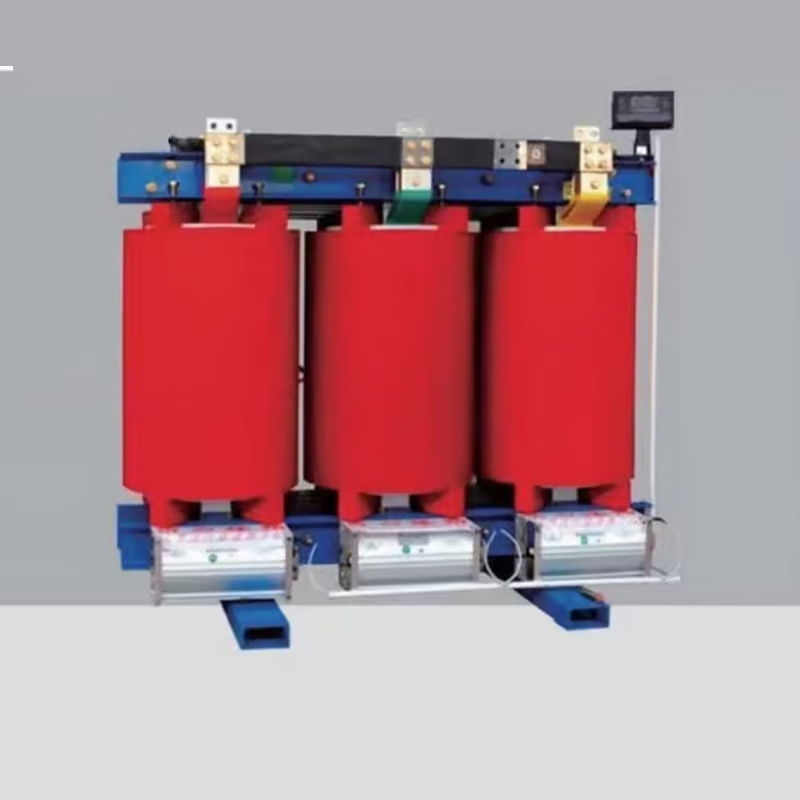The Advantages and Disadvantages of Dry-type transformers
Dry-type transformers are popularly used in industrial, commercial, and utility applications where fire hazard is a concern. It is a type of transformer that uses air to cool down the windings instead of oil. In this article, we will discuss the advantages and disadvantages of dry-type transformers.
Advantages of Dry-Type Transformers
Here are some of the benefits of using dry-type transformers:
1. Fire Safety
Since dry-type transformers do not use oil, there is no risk of oil spillage or leakage that can cause fire hazards. This makes them ideal for use in places where there are strict fire safety regulations.
2. Maintenance Free
Dry-type transformers require minimal maintenance and do not require oil filtration systems, which makes them cost-effective. They also have a longer lifespan than oil-filled transformers, which results in a lower cost of ownership.
3. Environmentally Friendly
Dry-type transformers are environmentally friendly because they do not contain any flammable liquids or toxic substances. They are also recyclable, which makes them a sustainable option.
4. Compact and Lightweight
Dry-type transformers have a compact design and are lightweight, making them ideal for installations in tight spaces. They can be easily mounted on walls or ceilings without the need for a separate room or enclosure.
Disadvantages of Dry-Type Transformers
Despite the benefits, there are also some disadvantages of using dry-type transformers:
1. Limited to Low Power
Dry-type transformers are limited to low power because air-cooling is not an efficient cooling method for high-power applications. This makes them unsuitable for applications such as power plants and high voltage substations.
2. More Expensive
Dry-type transformers are more expensive than oil-filled transformers for the same power rating. This is due to the higher cost of materials and manufacturing processes used in their construction.
3. Noise Pollution
Dry-type transformers produce more noise than oil-filled transformers due to air-cooling, which can be a nuisance in residential areas.
4. Insulation Issues
Dry-type transformers are more prone to insulation failure due to high ambient temperatures. This can result in reduced lifespan or failure of the transformer.
Conclusion
Dry-type transformers are a good choice for applications where fire safety is a concern and where minimal maintenance is required. However, they are limited to low power, can be noisy, and are more expensive than oil-filled transformers. It is important to consider these factors when deciding on the best transformer for your application.

